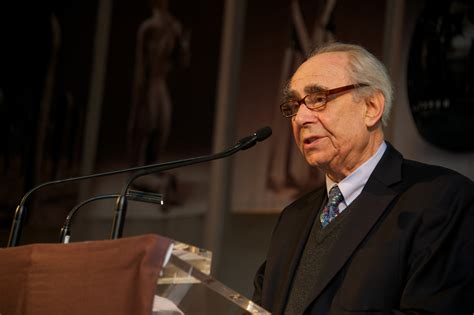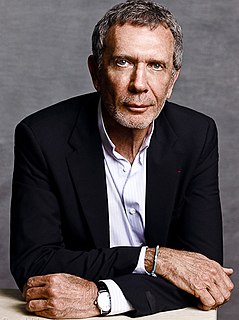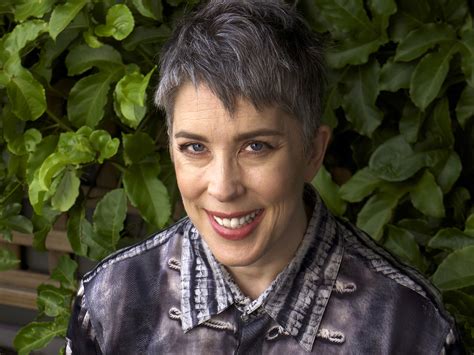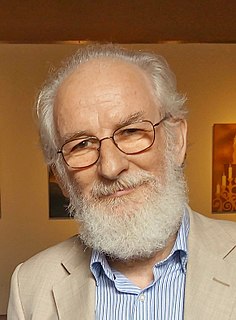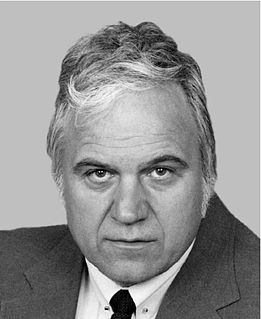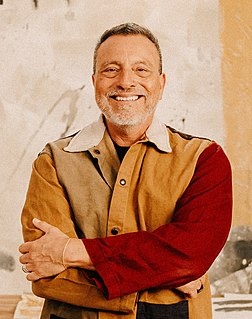A Quote by Deborah Kass
Appropriation was the language of my generation in many ways. It came out of Duchamp, Warhol, Johns, Lichtenstein.
Quote Topics
Related Quotes
If Abstract Expression reached for the sublime, Pop turned ordinary imagery into icons. Roy Lichtenstein and Andy Warhol illuminated the transformative power of context and the process of reproduction. Claes Oldenburg's soft ice-cream cones and hamburgers changed sculpture from hard to soft, from stasis to transformation.
There is no one kind of thing that we 'perceive' but many different kinds, the number being reducible if at all by scientific investigation and not by philosophy: pens are in many ways though not in all ways unlike rainbows, which are in many ways though not in all ways unlike after-images, which in turn are in many ways but not in all ways unlike pictures on the cinema-screen--and so on.

